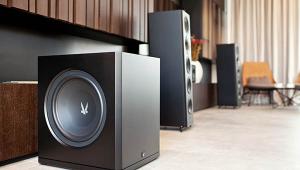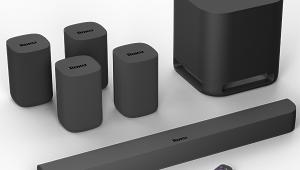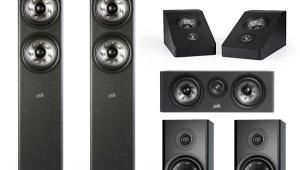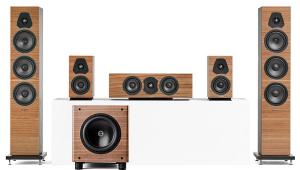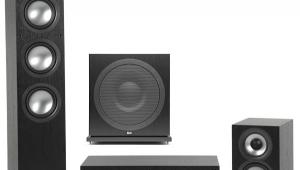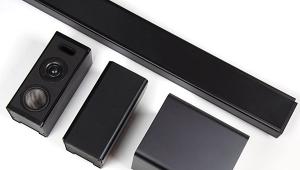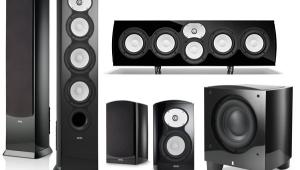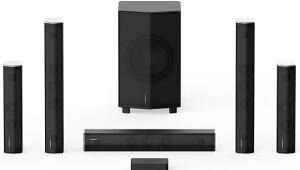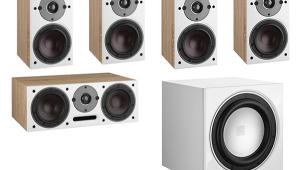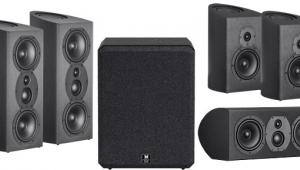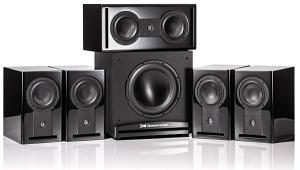Q Acoustics 3000i Series Speaker System Review
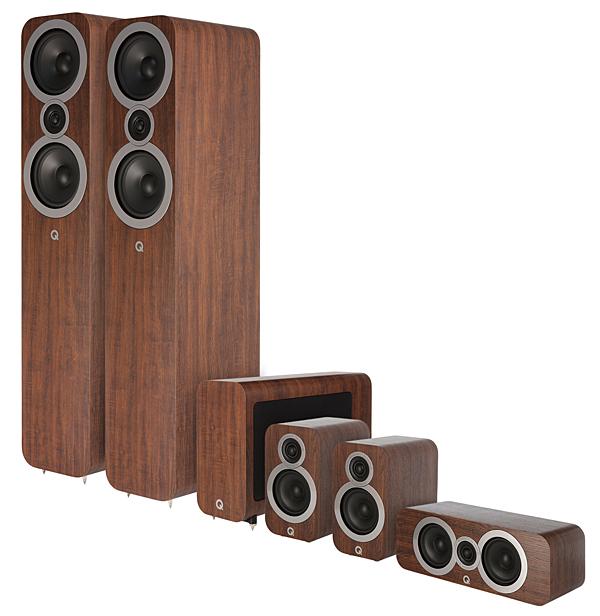
AT A GLANCE
Plus
Rich, full-range sound
Fine imaging
Great-looking and nicely finished
Minus
Center-channel not a perfect timbral match with towers
Subwoofer output and extension does not fully complement towers
THE VERDICT
This highly affordable Q Acoustics 5.1 package offers big, warm, dynamic stereo sound from compact towers, and good movie sound with or without the included sub.
Q Acoustics is a relatively new British loudspeaker manufacturer who has made a goodly amount of noise in the value/performance speaker arena for a dozen years now. I count the firm among the 21st-century flowering of affordable-speaker-makers catalyzed by partnerships with Chinese manufacturing firms and ever-more powerful and widely accessible computer-modeling design processes. The result of this confluence has been a bounty of excellent designs in the most competitive price ranges, from new and old names alike, that in the aggregate make the home-theater dollar go further than ever before.
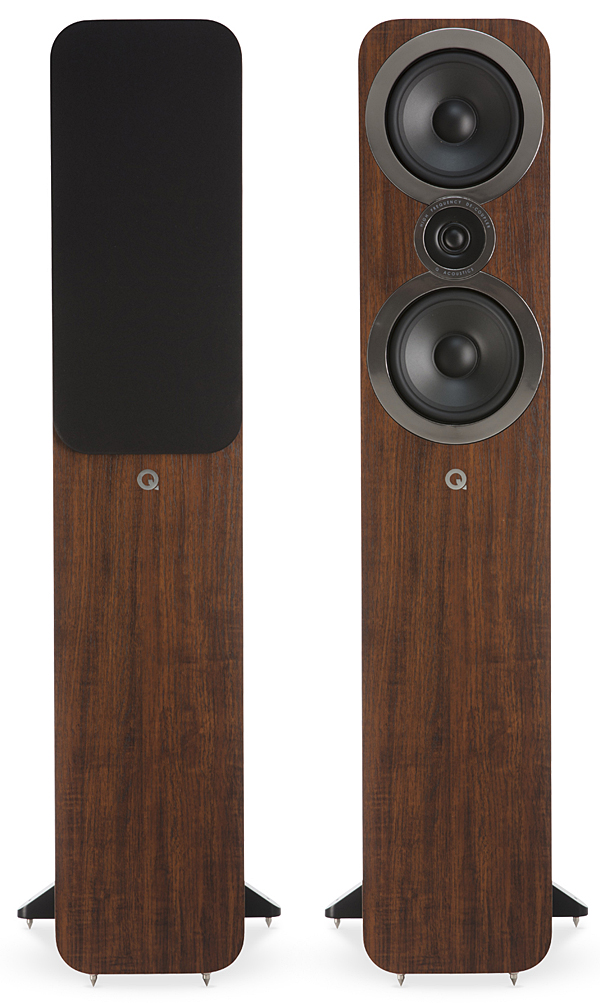
To learn just how well Q Acoustics plays in this consumer- benefiting fray, we called in a $1,499 “Cinema Pack” culled from its latest 3000i series: 3050i floorstanders, complemented by 3010i compact two-ways for the surrounds, a 3090i center-channel, and a 3060S powered 8-inch subwoofer. All of these (save the 3060S sub) employ either 4- or 6.5-inch woofers, and 0.9-inch soft-dome tweeters, in handsomely radiused cabinets that the firm claims exploit “point-to-point bracing” to achieve stiffer, less resonant enclosures. The 3050i also uses Helmholtz Pressure Equalizer technology, a feature that, according to Q Acoustics, is "designed to convert pressure to velocity and reduce the overall pressure gradient within the speaker enclosure." (At first, this sounded like a transmission line to me, but the 3050i's specified 91 dB/SPL 1W/meter sensitivity specification seems awfully high for a transmission line, a design that in effect trades efficiency for extension by essentially discarding the woofer's back wave.)
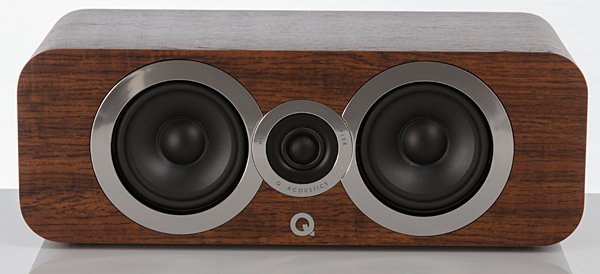
In any case, unboxing the well-packaged 3050i revealed very nicely crafted (and quite heavy) towers, with a look and feel that truly belied their $400-each cost. And the other members of the 3000i Series suite followed suit; these speakers, which are available in handsome matte white, black, gray, and walnut woodgrain finishes, neither look nor feel their price. The surround and center are conventional enough, but the sub is constructed in an unusual, floorspace-saving, wall-hugging format.
Setup And Listening
I set up the speakers in my usual array: towers straddling my 55-inch TV; sub in long- established, acoustically best position to the right of the right tower; center on a low stand to bring it just below the TV's bottom edge; and surrounds on high shelves flanking the listening position and angled back to “wash” along the side walls somewhat. There I left them for about 10 days of casual TV and music use to cover any break-in concerns.
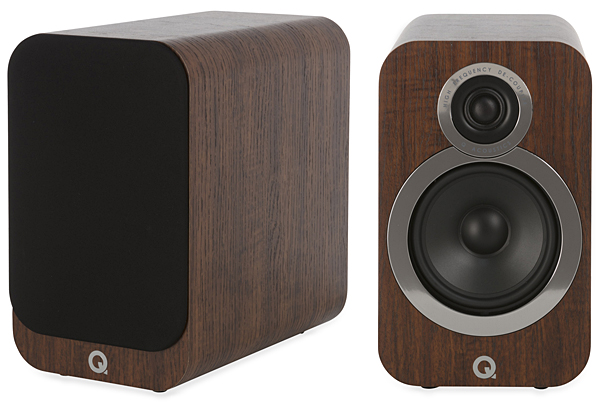
Beginning my attentive listening as always with two- channel, full-range playback via the 3050i towers alone, I quickly established that positioning in my room— and very likely in yours as well—was critical. With the towers' rear a foot or even two from the front wall, bass was excessive, yielding a sound that went well beyond “warm” to rich, fat, or even bloated. Moving the speakers out from the wall an additional two feet helped a lot, but I ultimately found that a full four feet between tower-rear and wall was required to get the best balance in my space.
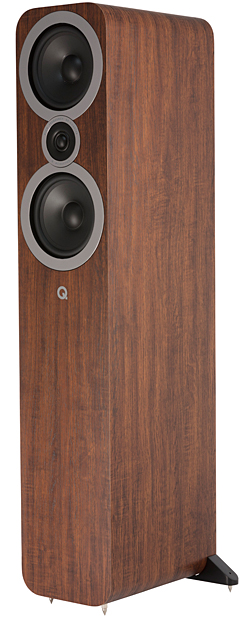 This setup delivered a sound I still characterized as “warm,” but now in a euphonic sense. Familiar material like James Taylor's “Line 'em Up” from 1997's Hourglass—one of my all-time favorite short- hand evaluation tracks— was superbly solid and dense, but still retained satisfying timbral definition and transient presence over the track's intensely gooey, over-rich bass. Taylor's distinctive baritone, warm and chesty but with a nasal twang riding along the top, sounded as expected. Maybe the warmth was a trifle accentuated, but the details of his breath and articulation were so well preserved that I didn't object. Imaging also was impressively tight but broad.
This setup delivered a sound I still characterized as “warm,” but now in a euphonic sense. Familiar material like James Taylor's “Line 'em Up” from 1997's Hourglass—one of my all-time favorite short- hand evaluation tracks— was superbly solid and dense, but still retained satisfying timbral definition and transient presence over the track's intensely gooey, over-rich bass. Taylor's distinctive baritone, warm and chesty but with a nasal twang riding along the top, sounded as expected. Maybe the warmth was a trifle accentuated, but the details of his breath and articulation were so well preserved that I didn't object. Imaging also was impressively tight but broad.
Any speaker that aces my “Line 'em Up” test merits further scrutiny. I continued with an oddly effecting acrostic upon The Rite of Spring (which called to mind Stravinsky's own, oft-used aphorism: “This too is possible...”) by The Bad Plus. Track ten, “The Sacrifice: Intro- duction,” amply demonstrated the ability of the 3050i towers to reproduce natural instrumental colors. Plucked bass sounded convincingly woody and vibratory up and down the neck, while the ethereal piano and drum shimmers floated effortlessly above and around. The 3050i's slightly soft balance did not seem to exact any penalty on treble detail or openness: piano attacks were still light and ping-y, and brushed cymbals and snare lively and natural.

